Last Updated on October 10, 2022 by Rupesh Patil
It is hard to tell the Apple iPhone 13 apart from its predecessor, but it does bring improved specifications to the table. Apple’s latest smartphone packs in a powerful A15 Bionic chip, improved cameras, and a larger battery compared to the iPhone 12. But at the same time, it misses out on features such as the high-refresh-rate screen and the telephoto camera found on the iPhone 13 Pro and the iPhone 13 Pro Max. In short, with the iPhone 13, Apple is trying to hit the sweet spot between price and performance in the premium segment. Has the Cupertino-based tech giant managed to pull that off? Let’s find out in our iPhone 13 review.
Apple iPhone 13 Design

Apple products feature excellent build quality and the iPhone 13 is no exception. It boasts of a premium glass sandwich design. A precision-built aluminium frame provides strength to the handset. For scratch resistance, the screen is protected by a ceramic shield scratch-resistant glass. Moving around the back, Corning’s Gorilla Glass keeps scratches in check.
Subscribe to Onsitego
Get the latest technology news, reviews, and opinions on tech products right into your inboxThe iPhone 13 wins you over with its good looks and attention to detail. However, there’s no hiding the fact that its design hasn’t seen a revamp for three generations. In simple words, the iPhone 13 looks very similar to the iPhone 12, which in turn shared the design with the iPhone 11. There are minor design changes such as a slightly narrower notch and a different camera lens arrangement. But, none of that is significant.

The iPhone 13 is rated IP68 for water and dust resistance, which means you can take your premium handset to a beach or pool without second thoughts. The phone comes in a variety of hues such as Blue, Pink, Midnight (Black), Starlight (White), and (PRODUCT)RED. Ours is the (PRODUCT) RED variant, which according to Apple contributes to the “Global Fund to combat COVID-19”.
Apple iPhone 13 Display
The iPhone 13 sports a 6.1-inch OLED screen with HDR support, which Apple refers to as a “Super Retina XDR Display”. Marketing terms aside, the display is actually great. As explained in our display article, OLED screens are emissive in nature, which means that each pixel is self-illuminated. By selectively switching off and dimming individual pixels, OLED screens can render perfect blacks. Moreover, its contrast ratio and vibrant colours are unmatched by LCD panels.

Packing in 1170 x 2532 pixels, the iPhone 13’s screen has a pixel density of around 460 ppi. According to Apple, the screen has 800 nits of brightness during regular use. Under harsh sunlight or while watching HDR content, the panel’s brightness can crank it up to 1,200 nits. We verified these claims with a lux meter and everything checks out.
The iPhone 13 series brings a 120Hz refresh rate to the table. However, this feature is reserved for Pro and Pro Max models. The iPhone 13 Mini and iPhone 13 settle for a regular 60Hz panel. While not a deal-breaker, the omission is definitely a downer for gamers. To learn more about the high refresh rate screens, head over to this write-up.
My biggest gripe with the iPhone 13’s screen is its large notch. Sure, it is now 20 percent narrower, but still way bigger than what you get on any Android smartphone. Even budget and mid-range Android smartphones feature a smaller display notch compared to the iPhone.

I understand the iPhone 13’s notch has to accommodate a lot more than a simple selfie camera. The Cupertino giant’s TrueDepth system that power Face ID comprises an infrared emitter, infrared depth sensor, and flood illuminator. Developed in collaboration with PrimeSense, this system works a lot like the Xbox 360 Kinect 3D sensor.
This impressive technology ensures that Apple’s Face ID feature works perfectly. However, given the ongoing mask mandates, using the Face ID feature outdoors can incur you Rs 200 fine from Municipal Corporations. What’s worse is that Apple doesn’t offer any convenient alternative. This means you are stuck with punching in 6 digit code every time you want to unlock your iPhone 13. With the pandemic not going anywhere soon, Apple should consider a retina scan or in-display fingerprint scanner for the next iPhone.
Apple iPhone 13 Software and Performance

The iPhone 13 ships with iOS 15 and so far has received the 15.1.1 update. As an Android user for years, I must say the iOS is slowly growing on me. The iPhone’s operating system always felt smoother compared to its Android counterparts, and now it is also catching up on features. For starters, the Dark Mode works better than it does on most Android phones. The dark theme extends to third-party apps without breaking anything. Similarly, the OCR features that let you scan text from images work flawlessly on the latest iPhone. In comparison, such features are a bit of hit and miss affair on Android smartphones. The widgets experience is also more pleasant on the iPhone.
In terms of aesthetics, the latest version of the software isn’t too far off from iOS 14. Everything from the icon styling to transparency effects feel elegant. Moreover, the swiping gestures and animations feel impressively fluid on the iOS 15. Apple has also started tweaking native apps for ease of use. The Safari app is tuned for one-handed use. The address bar now sits at the bottom, which can be accessed without stretching your thumb. You can find more information regarding the other important features in our dedicated iOS 15 article.

The iPhone 13 also comes with some neat features that require you to take a deep dive into settings. For example, you can assign a double tap on the back of the phone to tasks such as opening a camera app or turning on the flashlight. Similarly, you can press and hold images from the web browser and drop them directly into the Photos app. We are compiling a list of such features in a separate post, which will be live in the next few days.
Moving onto the performance, Apple’s latest A15 Bionic processor blows the competition out of the water. This 5nm chip houses two performance CPU cores and four power-efficient CPU cores. Compared to the 5-core GOU on the Pro models, the iPhone 13 settle for a quad-core GPU. Similarly, the iPhone 13 features 4GB RAM as opposed to 6GB on the Pro models. Don’t stress over it though, as the iPhone 13’s performance is phenomenal. Even when playing resource-intensive games such as Genshin Impact and Call of Duty: Mobile, this handset shows no sign of a stutter or slowdown. The only thing gamers may miss is the 120Hz refresh rate support.
The onboard stereo speakers are loud and also simulate a sense of depth to a certain extent. However, the handset lacks the 3.5mm headphone jack. So, you better invest in some decent TWS earbuds. The iPhone 13 comes in 128GB, 256GB, and 512GB storage variants. With even the base model packing in 128GB storage, most users won’t miss the microSD card slot.
Apple iPhone 13 Camera Quality

The iPhone 13 comes with a dual-camera setup comprising 12MP standard and 12 MP wide cameras. It lacks the telephoto camera found on the iPhone 13 Pro or 13 Pro Max. Thankfully, the Cupertino company has been generous enough to offer the sensor-shift stabilization feature on a vanilla model.
The camera interface is easy to work with. It takes care of most settings on it own. However, if you want more control, you can play around with the advanced settings. The iPhone 13’s camera lets you choose from a few colour profiles such as Warm, Cool, Vibrant, Rich Contrast, and Standard.
Coming to the subject of image quality, the 12MP main camera pulls off an impressive performance in daylight. It delivers crisp images with rich colours. The wide-angle camera too delivers impressive results. It can capture dramatic angles with plenty of detail. If I have to nitpick, the lens distortion correction can be a bit better.
In low light, the iPhone 13’s camera automatically triggers the Night Mode. In this mode, the phone requires you to hold the phone steady for a second or two for better exposure. If you get it right, the standard camera delivers excellent results. You get plenty of detail, excellent dynamic range, and natural colours. The wide-angle camera delivers images with a good dynamic range and rich colours. However, these photos contain a noticeable amount of noise. As pointed out in our hands-on article, the iPhone 13 suffers from lens flare artifacts. It is more noticeable on the standard lens.
The iPhone 13 captures 4K videos at up to 60 fps. The Sensor-Shift Stabilisation feature is so good that it can give handheld gimbals a run for their money. Do keep in mind though that the Sensor-Shift Stabilisation only works with the standard lens.
The camera can record Full HD slo-mo videos at up to 240 fps. What separates the iPhone from other phones is its Cinematic Mode that mimics the rack focusing effect from movies. For those not in the know, this technique involves keeping the subject in focus while blurring the background or foreground. The feature works beautifully, but it is limited to shooting at 1080p.
For selfies, the iPhone 13 is equipped with a 12MP shooter. In portrait mode, it offers 7MP cropped shots. While it may look underwhelming on paper, the results are nothing short of impressive. The iPhone 13 selfies deliver plenty of detail and accurate colours. Thanks to its 3D depth sensor, the selfie camera does a great job of separating foreground and background.
Apple iPhone 13 Battery Life

A USB-C to Lightning port cable is the only accessory the iPhone 13 ships with. According to Apple, it has decided to remove the wall charger from the phone’s packaging to “reach its environmental goals”. But if you are willing to toss ₹1,900, the Cupertino company will ship a 20W charger in a separate box.
Apple hasn’t revealed the iPhone 13’s battery capacity and charging speeds, However, based on numerous teardowns, it is safe to assume the iPhone 13 holds a 3,240mAh battery.
For me, the iPhone 13 consistently lasted for over a day on a single charge with an average ‘screen on time’ of 6 hours and 28 minutes. Using Apple’s 20W charger, the phone’s battery can be topped up from zero to 50 in about half an hour. To fully charge the battery from zero, it takes an hour and 45 minutes. That’s painfully slow compared to mid-range Android handsets that can be fully charged in half an hour.
Should You Buy The iPhone 13?

In the current line-up, the iPhone 13 Pro and Pro Max are undoubtedly the best Apple has to offer. That said, both these handsets are priced steeply at ₹1,19,900 and ₹1,29,900 for the base model. In comparison, with a starting price of ₹79,900, the iPhone 13 vanilla model isn’t too far off from the performance offered by its Pro and Pro Max siblings. It packs in a powerful A15 Bionic chip, dual camera setup with sensor-shift stabilisation, and dependable battery life. So, if you can let go of the 120Hz display and telephoto lens, the iPhone 13 is a great option that offers more value compared to the Pro models.
Having said that you can’t ignore the fact that the iPhone 13 is not a significant upgrade over its predecessor. Apple hasn’t even bothered to refresh the design for three generations. As a result, the iPhone 13 looks almost like the iPhone 12 and iPhone 11 with minute changes. If you already own any of these iPhones, you should skip the iPhone 13 and pull the trigger on the next version instead.
The Review
Apple iPhone 13
The iPhone 13 is not a significant upgrade over its predecessor. Apple hasn't even bothered to refresh the design for three generations. As a result, the iPhone 13 looks almost like the iPhone 12 and iPhone 11 with minute changes. If you already own any of these iPhones, you should skip the iPhone 13 and pull the trigger on the next version instead.
PROS
- Premium build
- Water and dust resistance
- Brilliant OLED screen
- Excellent user experience
- Impressive low-light camera performance
- Phenomenal video recording abilities
- Long battery life
CONS
- Unsightly display notch
- Slow charging
- Doesn't ship with a charger
- Lacks 3.5mm headphone jack
- Stale design















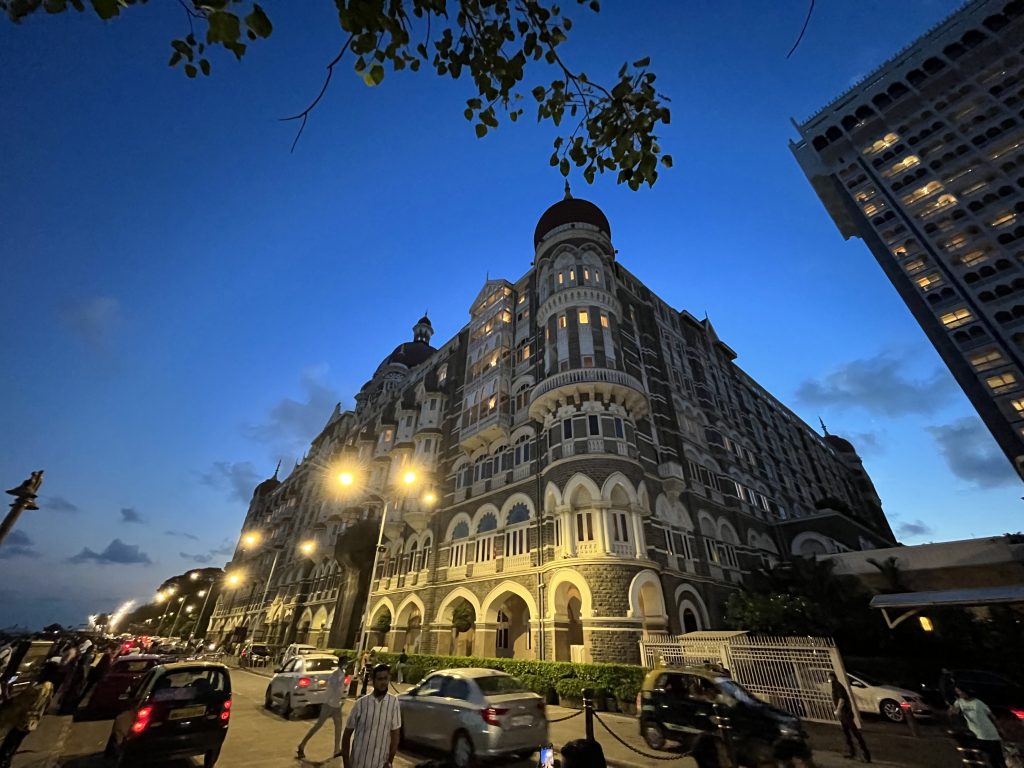
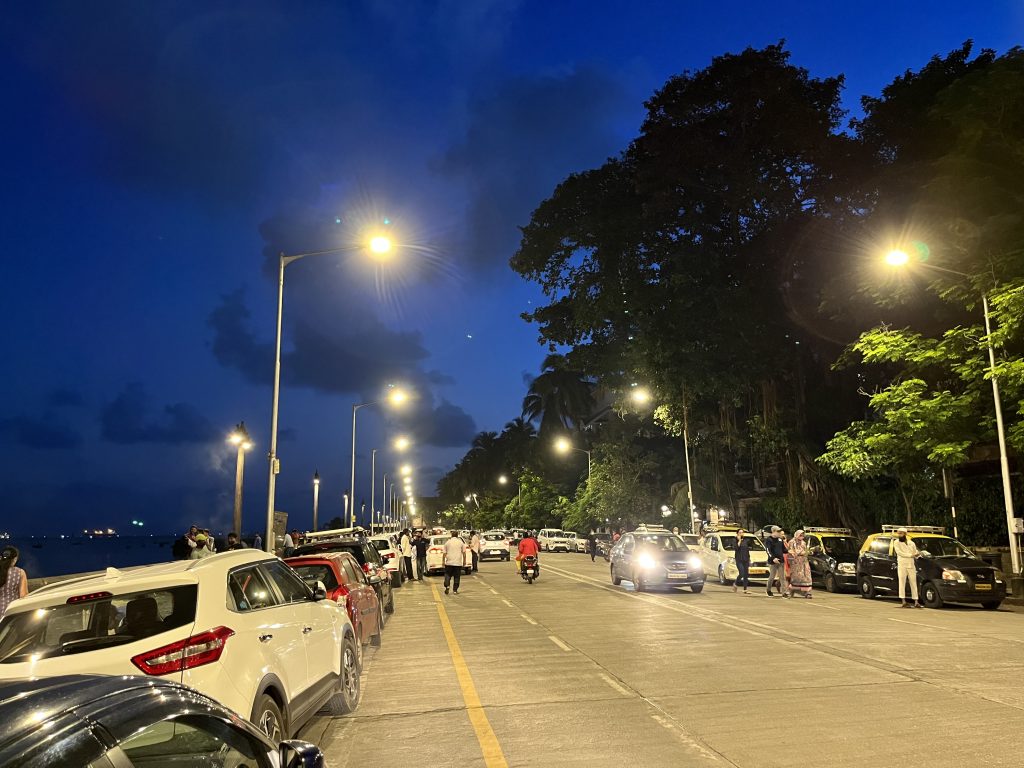
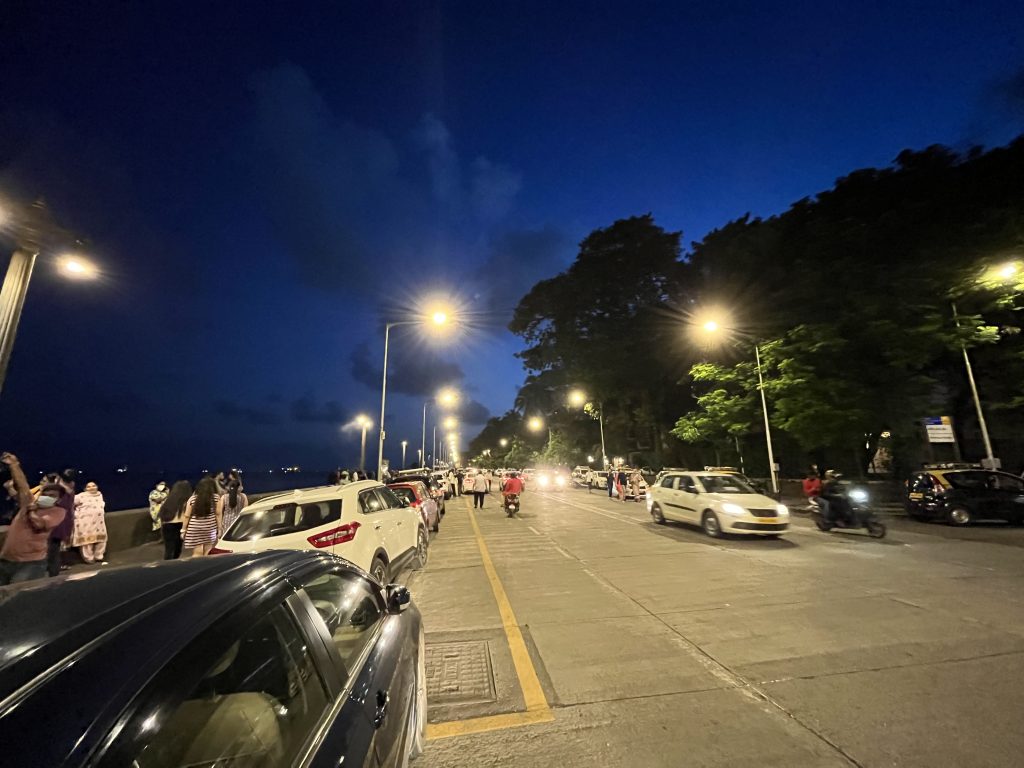


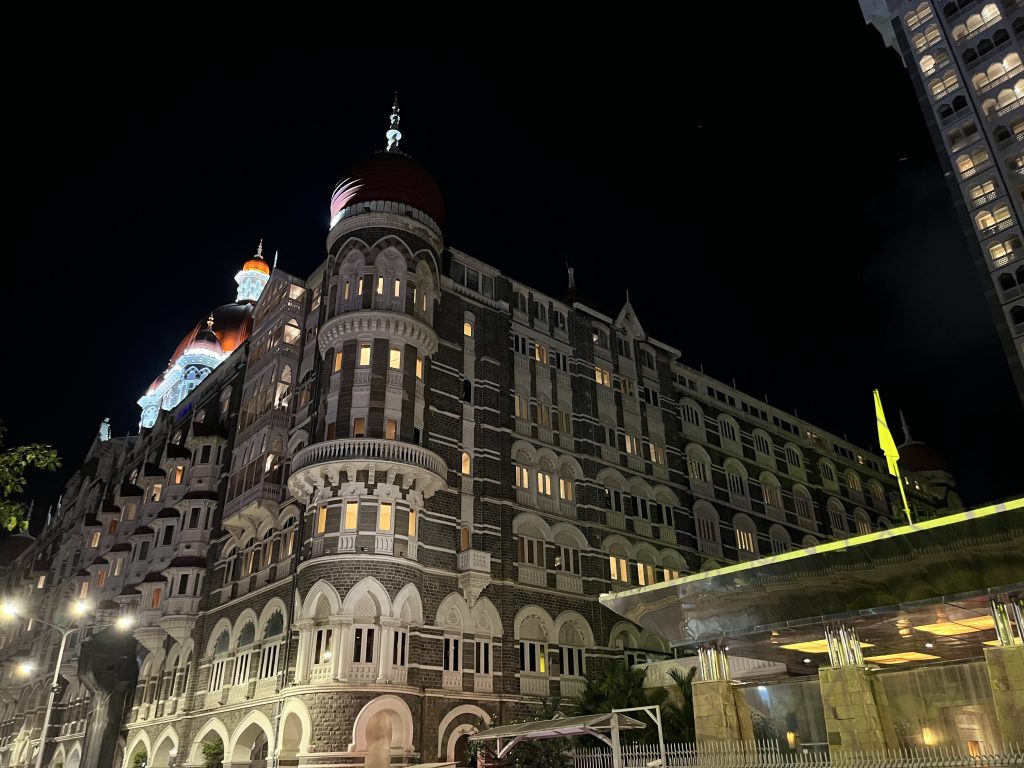
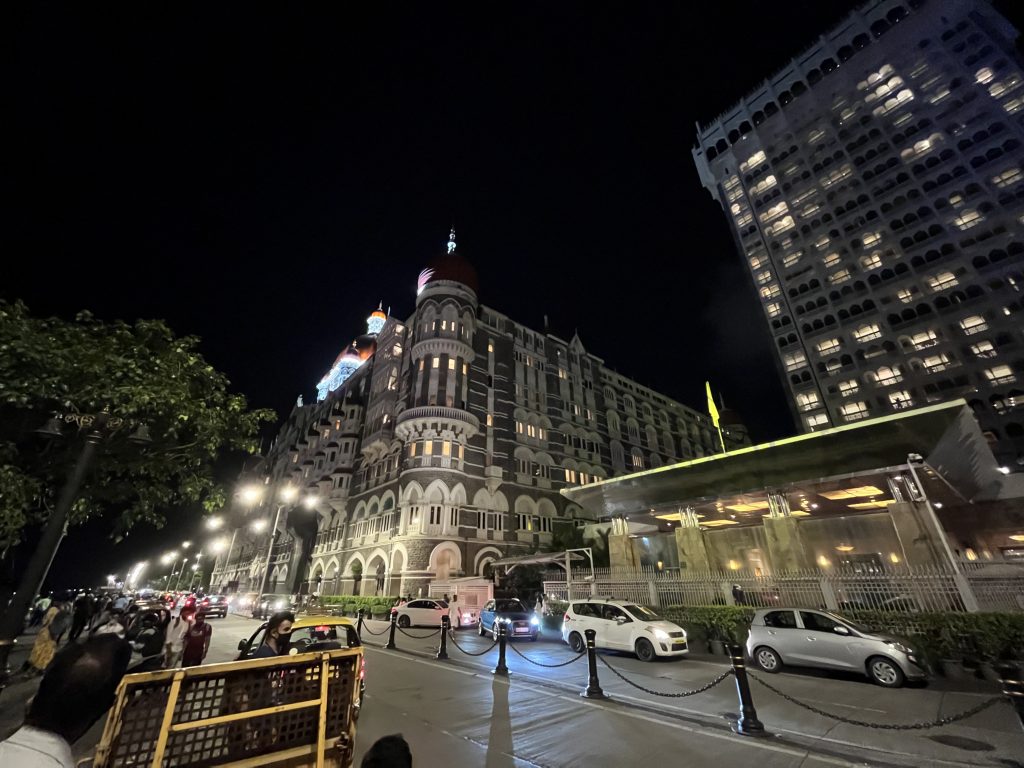
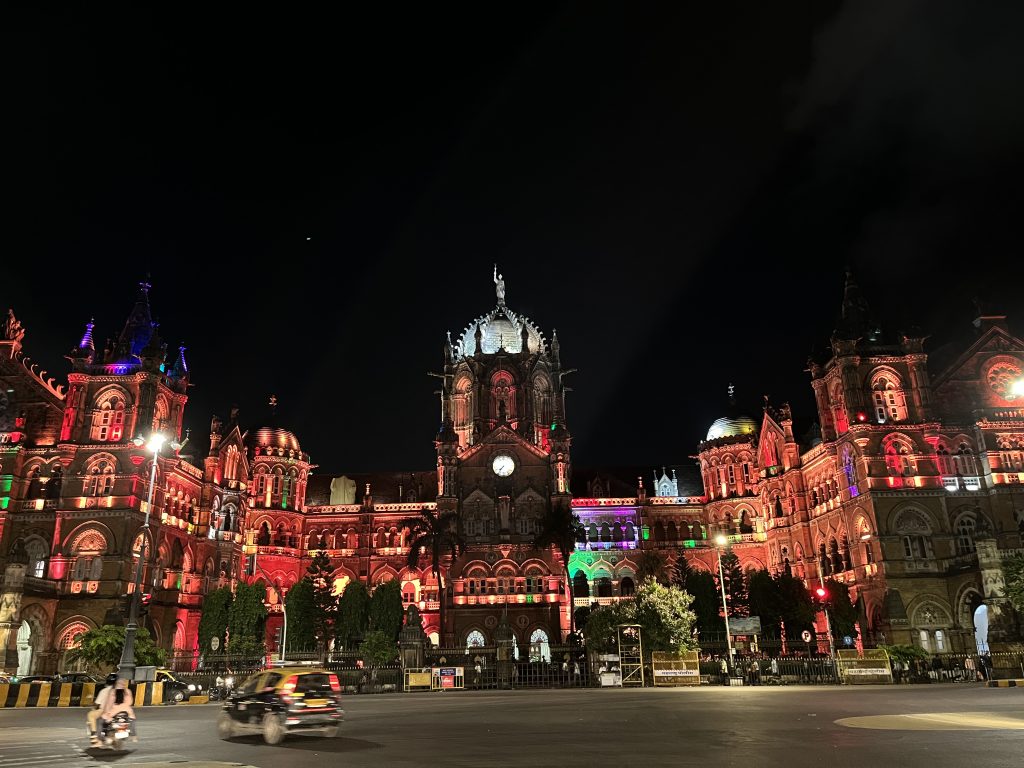
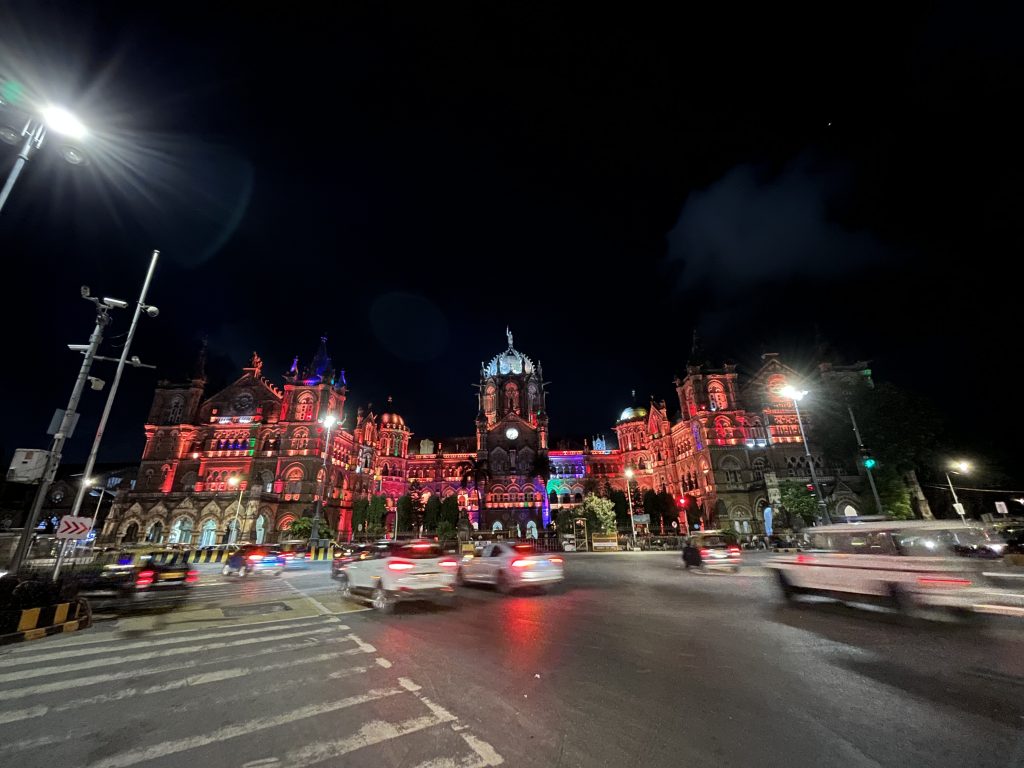
Discussion about this post